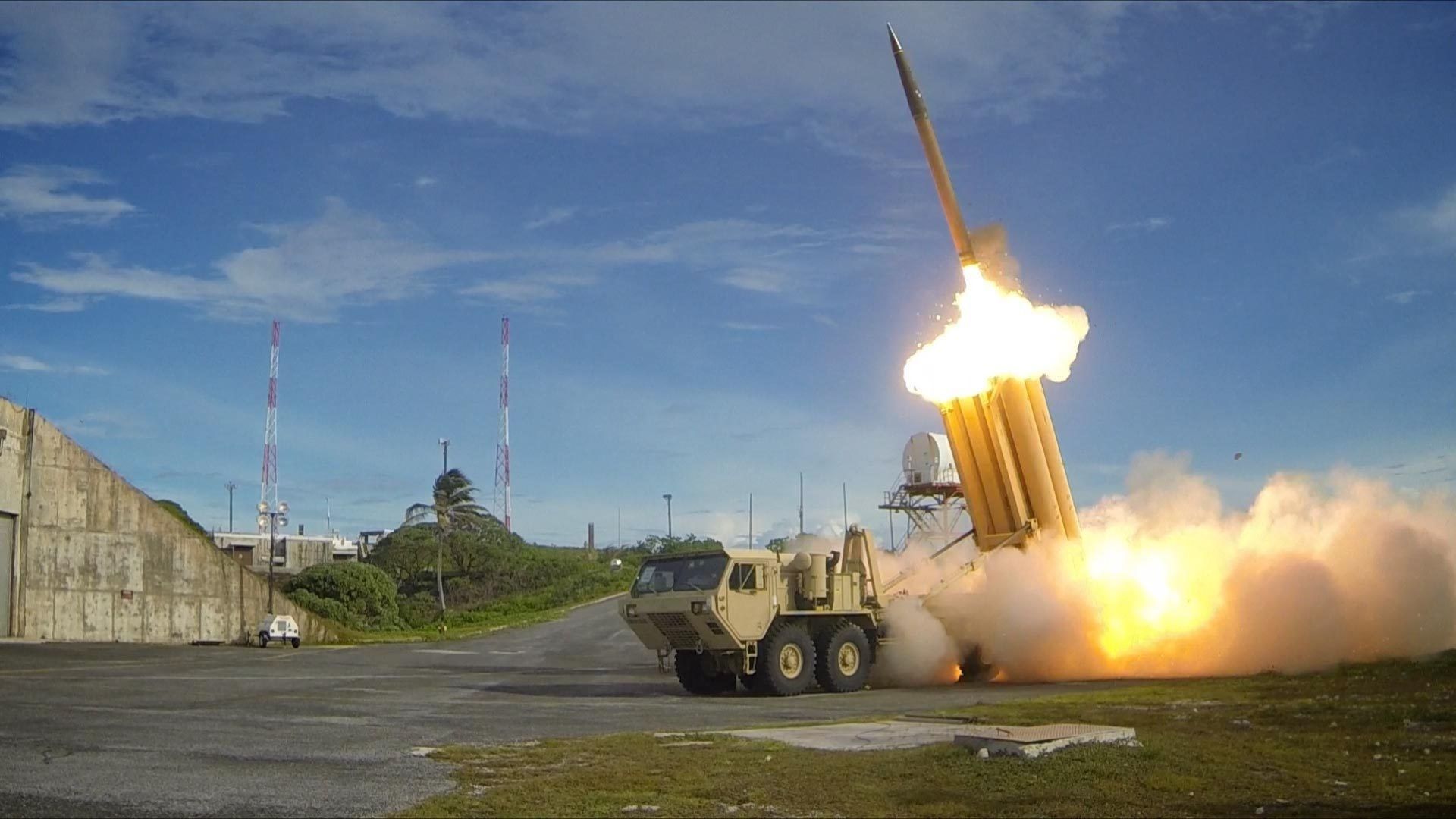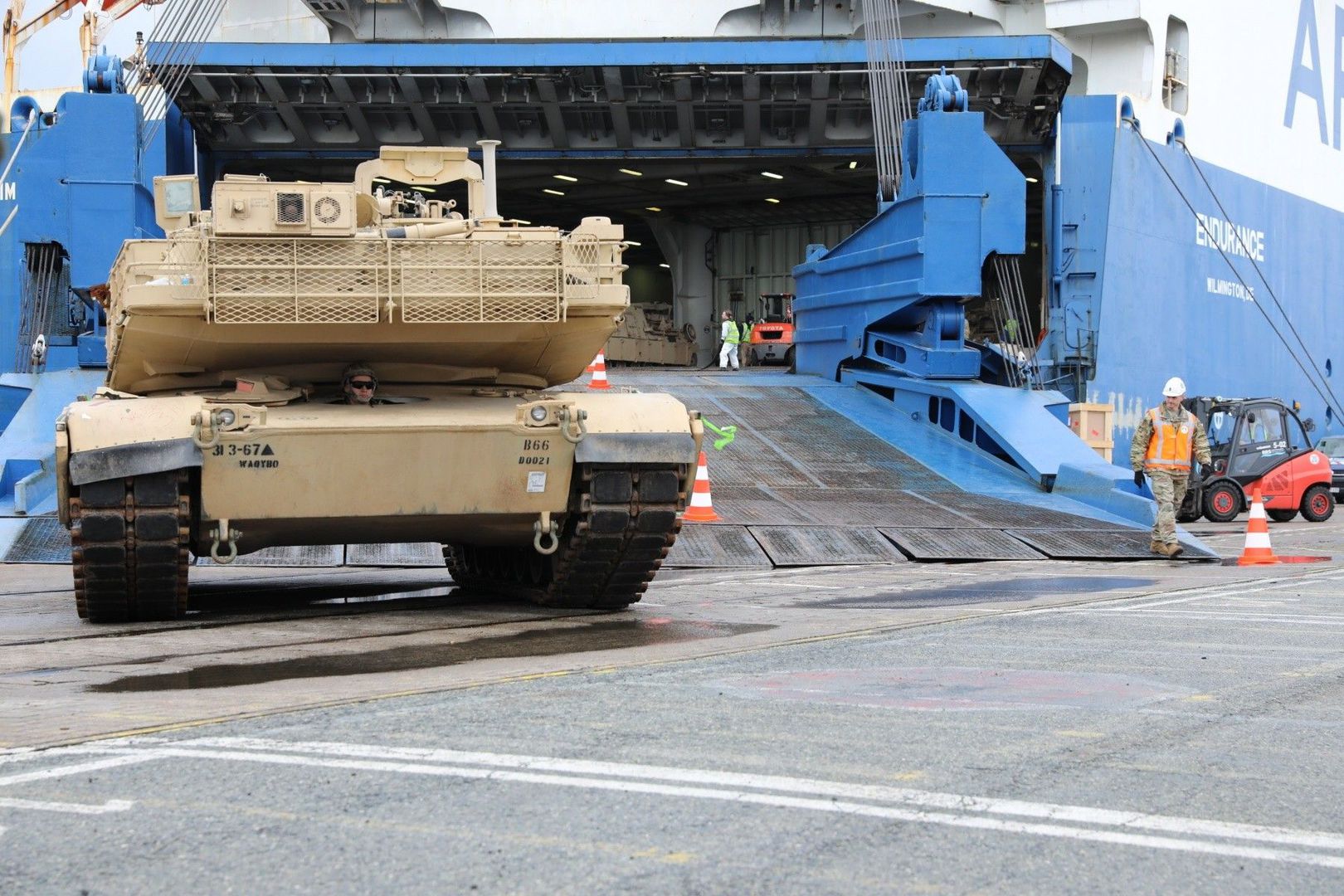The technological superiority of the United States armed forces is being challenged by new and evolving threats constantly being developed by potential adversaries. To counteract these challenges, the country’s Department of Defense (DoD) is expected to spend an estimated $481 billion between 2018 and 2024 to identify and develop new technologies for advanced weapon systems, giving rise to numerous revenue opportunities in this space.
“According to the most recent Defense budget (FY2021), combined spending on research, development, testing, and evaluation (RDT&E) for over 1,100 programs by defense-wide organizations is estimated to reach $106.56 billion,” said John Hernandez, Senior Industry Analyst at Frost & Sullivan. “This wide variety of projects provides opportunities for a large number of commercial markets to collaborate with the DoD.”
Frost & Sullivan’s latest research, US Defense Science and Technology Research Market, Forecast to 2024, delivers an overview of the science and technology (S&T) research market catering to the United States armed forces and provides detailed insights into the related growth opportunities available for market participants.
The RDT&E sector is rife with market opportunities in an array of innovative technological concepts, such as artificial intelligence (AI), autonomous vehicles, robotics, cybersecurity, counter-drone technology, and hypersonics. Pursuing further developments in these areas will prove to be rewarding for companies that can successfully integrate these new capabilities into existing weapons systems.
“Most concepts being explored by the armed forces will have an impact in commercial market spaces as well,” noted Hernandez. “Companies working with the DoD on RDT&E development programs will have an advantage toward the development of parallel commercial solutions.”
Companies operating in this sector should explore the following opportunities to cultivate growth:
–Commercial-off-the-shelf technologies and software are constantly being introduced into the defense S&T research market. RDT&E process stakeholders must be prepared to partner with the patent holders of those technologies and software.
–Suppliers of legacy defense systems must continue to invest in their own research and development to keep those systems current and indispensable. This involves constant interaction and communication with defense clients to align development strategies.
–Trending innovations such as directed energy weapons, robotics, artificial intelligence, and machine learning are in their growth stages with a substantial amount of development ongoing. Integration companies must envision how these new capabilities can be integrated into the battle management space and have solutions ready for implementation.
For over five decades, Frost & Sullivan has become world-renowned for its role in helping investors, corporate leaders and governments navigate economic changes and identify disruptive technologies, Mega Trends, new business models and companies to action, resulting in a continuous flow of growth opportunities to drive future success.











